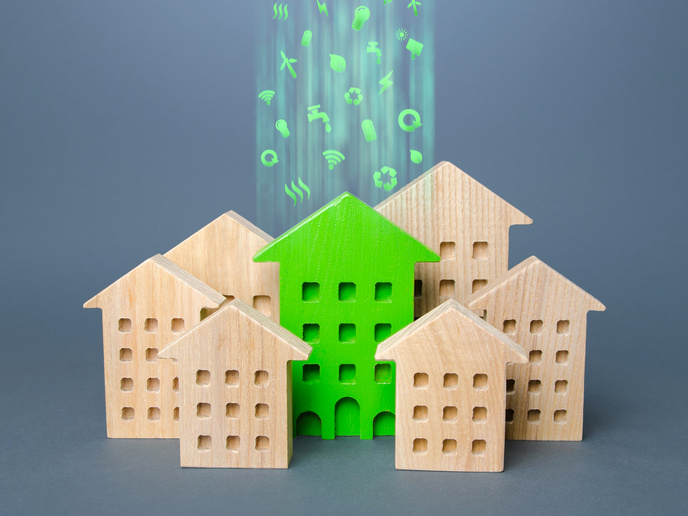Adding positive energy to Europe’s buildings
Since its launch in 2019, the EU-funded EXCESS project has been striving to show how nearly zero-energy buildings can be transformed into PEBs. To this end, the project has developed cost-effective, energy-plus building solutions for different European climates that it is demonstrating in four cities in Europe. As senior researcher Andreas Tuerk of EXCESS project coordinator Joanneum Research, Austria, reports in a news item posted on ‘Innovation News Network’, these solutions have the potential to transform local energy supply chains and could pave the way for sustainable, energy-secure buildings as future living spaces.
Solutions for every climate
The PEB concept adopted by EXCESS partners goes beyond the goal of nearly zero-energy building construction, enabling buildings to produce more renewable energy than they consume over the course of a year. At the heart of the energy-plus building project lie four innovative demonstrations set up in the Nordic, Continental, Oceanic and Mediterranean climate zones to test PEB solutions that could be replicated across Europe. Located in Belgium, Spain, Austria and Finland, the demos cover solutions ranging from efficient renewable heating systems (particularly relevant to the Nordic climate) to maximum exploitation of sunlight (found in such great abundance in the Mediterranean). The building projects include the creation of a PEB social housing complex in Hasselt, Belgium (coastal climate), and the deep renovation of a 16th-century Renaissance palace in Valladolid, Spain (Mediterranean climate). The demo in Graz, Austria (continental climate), involves the conversion of a former industrial feed silo into a student hostel, and the Finnish demo in Helsinki (Nordic climate) entails the construction of a completely new apartment complex. As Tuerk describes, the social housing building in Hasselt “is part of a bigger residential complex and supplies neighbouring buildings with surplus energy from the sustainable energy generation system installed on its roof and central basement. This includes electricity production solar thermal hybrid collectors (PVT), a small roof wind turbine, as well as geothermal heat pumps connected via a small district heating network.” The Spanish demo is focusing on solutions to decarbonise Europe’s historical buildings. The 16th-century palace “will be upgraded to a PEB through the installation of an air heat pump system, PV and PVT panels, lithium-ion batteries, and electric vehicle charging stations.” Consisting of 51 apartments and a total heated area of about 4 000 m2, the eight-floor Helsinki PEB is demonstrating a hybrid geothermal energy system. It consists of geothermal energy wells with innovative heat collectors in 600-m-deep boreholes and a high-coefficient-of-performance multisource heat pump, as well as PVT panels (on the roof and integrated into the façade) for electricity and heat production. The Austrian former feed production silo will be redesigned as a PEB by using prefabricated multifunctional façade elements. These consist of a passive insulating layer, an active layer for heating and cooling the building walls, and an integrated PV element for electricity production. The researcher concludes: “While these plus energy buildings were developed for different contexts, they all offer a vision of what could be the path towards a sustainable building stock.” The EXCESS (FleXible user-CEntric Energy poSitive houseS) project ends in November 2024. For more information, please see: EXCESS project website
Keywords
EXCESS, building, energy, positive energy building, PEB, climate, heat



